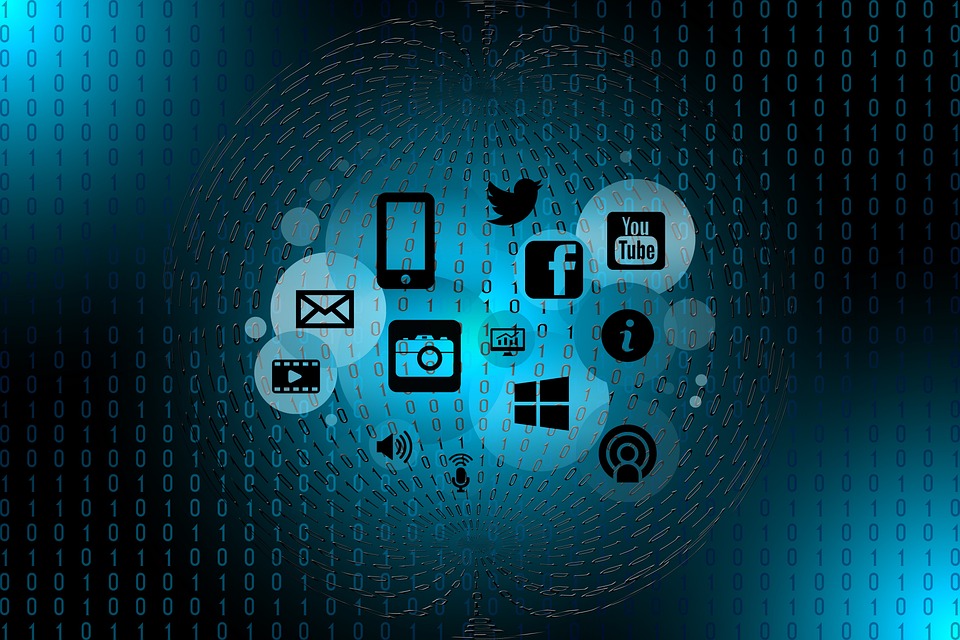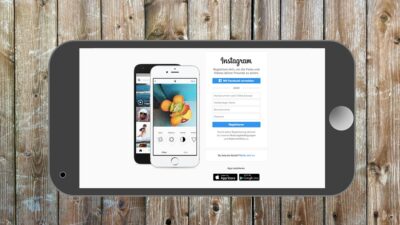The Internet of Things (IoT) has transformed from a futuristic concept into a practical technology that influences various industries significantly. As devices become increasingly interconnected, the ability to collect, analyze, and share data in real-time opens up countless possibilities. This article explores some outstanding real-world applications of IoT that are revolutionizing different sectors.
1. Healthcare: Remote Patient Monitoring
In the healthcare industry, IoT devices have enabled significant improvements in patient care. Wearable health monitors, such as smartwatches and fitness bands, allow for continuous tracking of vital signs—heart rate, blood pressure, and oxygen levels. For instance, devices like the Apple Watch and Fitbit provide real-time insights, enabling healthcare professionals to monitor patients remotely.
Remote patient monitoring (RPM) systems can alert medical teams to any abrupt changes in a patient’s condition, leading to quicker interventions. This not only enhances patient outcomes but also reduces hospitalization costs. Moreover, IoT-driven platforms facilitate better management of chronic diseases, allowing patients to maintain independence while receiving the necessary support.
2. Agriculture: Precision Farming
Agriculture has witnessed a significant transformation through IoT technology. Smart farming techniques using sensors, drones, and analytics are helping farmers maximize productivity. For example, soil sensors can measure moisture levels, temperature, and nutrient content, allowing farmers to apply water and fertilizers precisely where and when needed.
Additionally, IoT-enabled drones are used for crop monitoring, detecting problems such as pest infestations or nutrient deficiencies before they escalate. By utilizing these technologies, farmers are optimizing yields, conserving resources, and making more informed decisions about their operations.
3. Manufacturing: Predictive Maintenance
The manufacturing sector is increasingly adopting IoT technologies to streamline processes and improve efficiency. Predictive maintenance is a groundbreaking application that uses IoT sensors and data analytics to monitor equipment health in real-time.
By analyzing data from various machinery, manufacturers can anticipate equipment failures before they occur, reducing downtime and maintenance costs. For example, General Electric has incorporated IoT in its industrial operations to monitor jet engines, enabling more efficient maintenance schedules. This leads to increased productivity and cost savings, fundamentally reshaping traditional manufacturing practices.
4. Smart Cities: Enhanced Urban Living
IoT solutions are essential for building smart cities that improve urban living. By connecting infrastructure elements such as streetlights, traffic signals, and waste management systems, cities can optimize resource usage and enhance public services.
For instance, smart streetlights equipped with IoT sensors adjust brightness based on pedestrian and vehicle traffic, reducing energy consumption. Similarly, smart waste bins equipped with fill-level sensors can notify waste management services when they need to be emptied, which helps streamline waste collection and services.
Moreover, IoT-based traffic management systems can analyze real-time data to reduce congestion and improve public transportation efficiency. With cities becoming increasingly populated, these innovations are key to creating more sustainable urban environments.
5. Retail: Personalization and Inventory Management
The retail industry is leveraging IoT to enhance customer experiences and improve operations. Smart shelves equipped with weight sensors and cameras help retailers monitor inventory in real time, reducing stockouts and overstock situations.
Additionally, IoT-enabled mobile apps can provide personalized shopping experiences by tracking customer preferences and behavior. For instance, retailers like Walmart use IoT technology to gather data on customer interactions, allowing them to tailor marketing strategies and product placements effectively.
Moreover, smart payment systems and contactless checkout options powered by IoT can streamline the shopping experience, making transactions faster and more efficient. These innovations are changing the way consumers shop and interact with brands.
Conclusion
The applications of IoT across various industries are not just enhancing operational efficiencies, but also creating new avenues for innovation and growth. As IoT technology continues to evolve, its potential will only expand, driving profound changes across sectors. From healthcare and agriculture to manufacturing and urban living, the impact of IoT is evident.
As organizations embrace these technologies, they must also consider security, privacy, and interoperability challenges that come with increased connectivity. However, the benefits far outweigh the challenges, as IoT is poised to redefine industries and offer smarter solutions for a more connected world.


